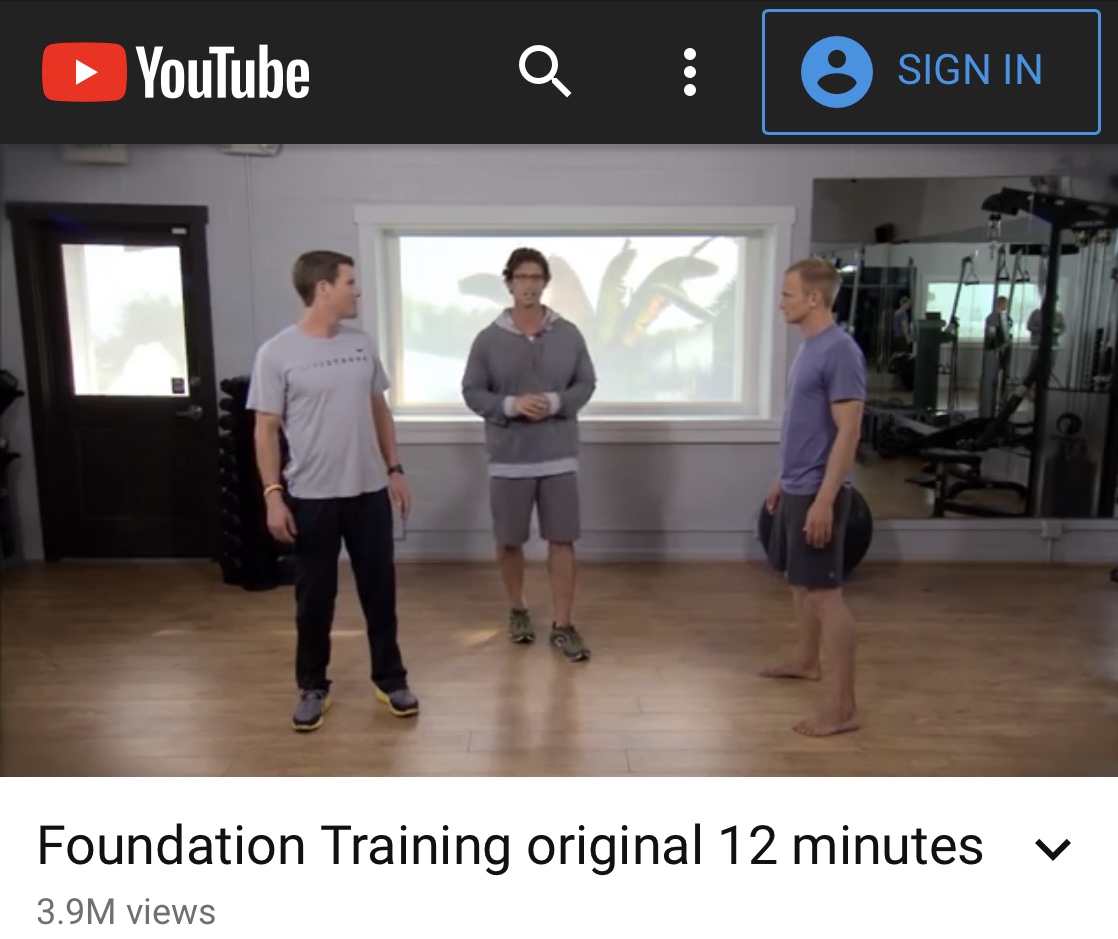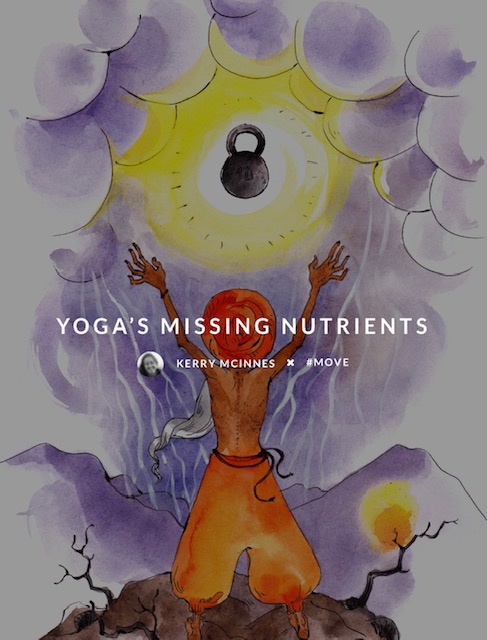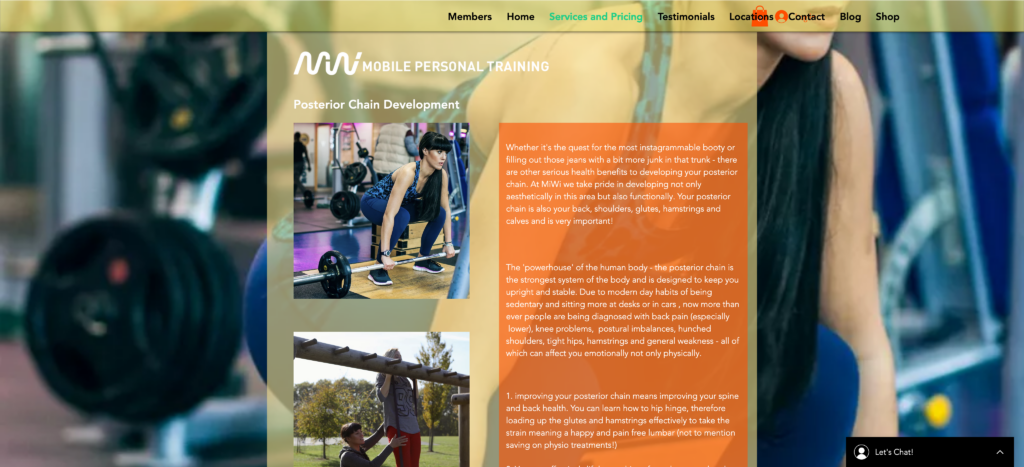BACK STRENGTHENING AND THE POSTERIOR CHAIN

I will load each week’s content below in the tabs. The most current week will show first in blue, but you’ll be able to click the boxes in grey beside the blue tab to view previous content.
Kneeling Founder Pose (Variation of Child’s Pose)
Step 1: Begin in traditional child’s pose.
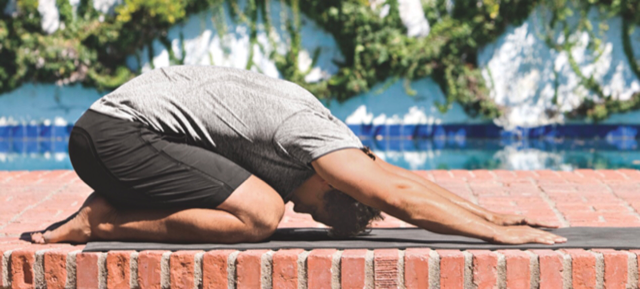
Step 2: Slide your hands by your hips as you lift your chest up. Your hips will lift off of your heels as your low back goes into extension.
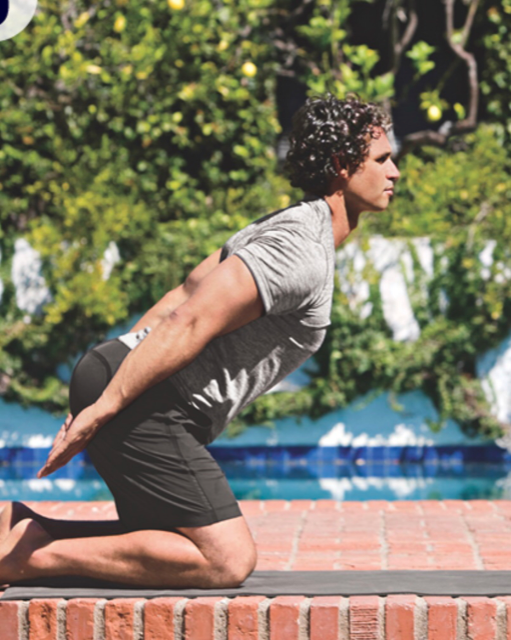
Step 3: If your back feels okay, then reach your arms overhead as shown below.
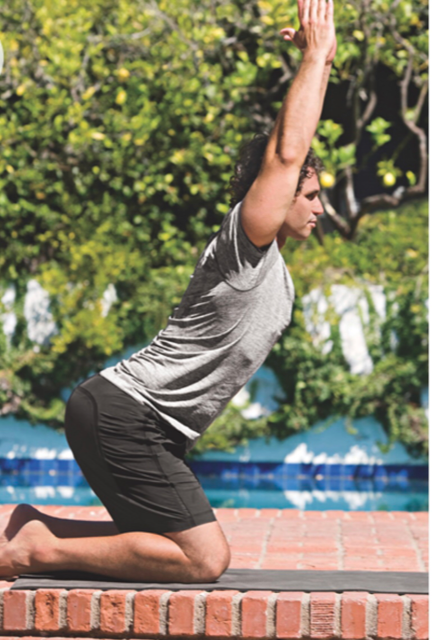
Try pressing gently into your shins as you push your hips back and hinge forward at your hip crease. The idea is to feel a bit of tension at the low back to hold you in place.
To make the most of this child’s pose variation, work with decompression breathing (lifting the ribs away from the pelvis) to help create more space in your low back. If you missed last week’s newsletter all about decompression breathing, click here. I use it a lot and love it!!
In last week’s upbeat, 66-minute Groovy flow class, I do this particular exercise. Click here to check out this class as well as my entire Digital Yoga Studio.
My Favorite Find this week is a 12-minute Foundation practice. It’s an amazing back-strengthening sequence! The practice is made up of yoga poses you know and love with a focus on the posterior chain.
I am writing the opening to this week’s newsletter at the rehab center where my mom is hunkering down after back surgery. I didn’t even think about the coincidence that I chose Posterior Chain Strengthening and Back Health for this month’s theme!
As I previously mentioned, this month is a “repeat month” and I’ll be sharing content from one of my favorite books: THE FOUNDATION. This book is written by chiropractor Eric Goodman and elite trainer Peter Park. “Foundation training is designed to strengthen your lower back and posterior chain; alleviate your back pain by correcting mechanical imbalances and weaknesses; and create maximum power, flexibility, and endurance by concentrating on your real core.”
Note: Back pain is a very complex subject. There is a lot of conflicting information out there and I encourage you to try different techniques (Foundation being one of them) and see what works best for your body.
This week’s cue is about using your breath to create more space in your low back. It is not only one of the best cues I’ve found (for my body), but one that I go back to on a regular basis and use in poses like Utkatasana to help take tension out of my back. Try this weeks cue in any pose where you’re looking for more space in the low back, and let me know how it feels for you!!
Foundation Decompression Breathing
Place your thumbs at the bottom of the ribcage and your middle fingers (or pinkies) at your hip points/ASIS (refer to the picture above). Before you begin breathing, find some upper back length by lifting the base of your skull up and away from your shoulders. The bottom of your chin should be parallel to the ground.
As you inhale, feel your ribcage expand three-dimentionally as your low ribs lift away from your hip points. With every inhale, try and increase the distance between your thumbs and middle fingers. With each breath, you want to feel your upper back ribs expand outwards, as if you’re filling out the shell of a turtle.
As you exhale, keep your ribcage expanded and elevated as you pull your belly in and up, away from your waistband.
Why?
The why is simple. It helps create space in your low back and, for some, may decrease compression in the lumbar spine. As I’ve said, it works wonders for me!
This particular breathing technique is used in many of the Foundation poses. I highly recommend watching the 4-minute instructional video, which will show you exactly how to practice decompression breathing.
One inspiring song:
“Pale Sun Rose” by FDVM, Matthew and the Atlas
One inspiring quote:
“Someday your pain will become the source of your strength. Face it. Brave it. You will make it.”
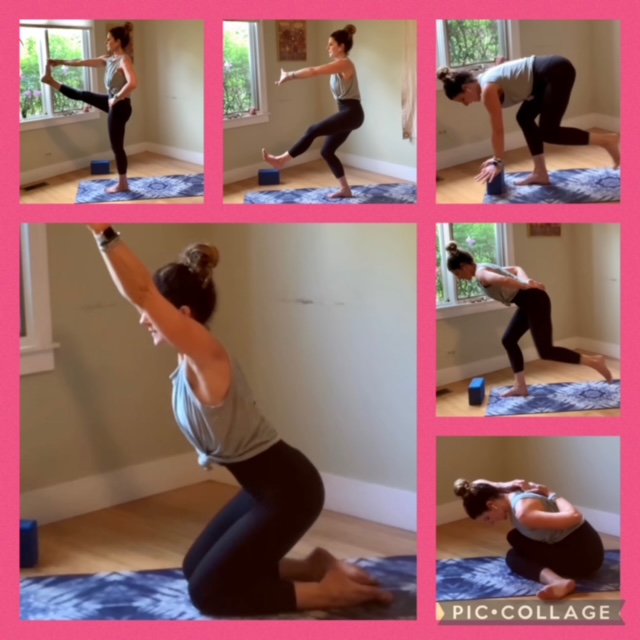
Do you know how my classes work? Here are your options:
1) you can pay what you want per class
2) you can pay $35 and get unlimited access to the class for future use
3) you can pay $89 for 3 months of unlimited classes
I generally add 2 classes per month to my platform that revolve around the theme of the month.
If you’re a regular student of mine, you probably know that about five years ago, I suffered from extreme back pain. I believed I was relatively well-versed in keeping everyone’s low back safe in yoga but, the truth is, there are so many factors that impact our backs…and it’s different for each person. However, some common denominators play a role for most of us. One of them is that having a strong posterior chain can help alleviate, or at least take pressure off, the back.
I am happy to say that I now rarely have back pain. I know what aggravates it and, when I get a minor flare-up, I listen to my body and modify my practice (yes, forward folds and twists in yoga can aggravate my back). I will also add in exercises for the posterior chain that I know will help give me some relief.
If you suffer from back pain, try adding some posterior chain strengthening to your regular practice and workout. As always, use progression and don’t jump right into anything that feels too intense. And, always check in with a doctor or PT if you’re having chronic back issues.
Prepare to come into Locust pose on your stomach with your arms extended out long in front of you. Your feet will stay on the ground as you pull your elbows back as far as you can towards your heels and hug your elbows (hard) towards your body.
Use the engagement of your shoulder blades drawing in (adduction) to hug your elbows in. Then, inhale just the chest up for the full expression of the pose. Check out the images below for a visual step-by-step guide for this cue.
Note: While the shoulders will naturally lift off the ground due to the fact that you’re coming into a backbend (spinal extension), most of the shoulder lift is coming from the shoulder blades drawing in and down (depression).
Why?
Eric Goodman explains that practicing Locust pose the Foundation way will “tighten your midback, and the position will pull you into forceful extension. This is a real strengthener that stabilizes the muscles at the base of the spine.” The key is using the shoulder blades and keeping your feet on the ground for this version of the pose.
Step 1: Starting position

Step 2: Shoulder blade engagement as arms lift

Step 3: Full expression of the pose as you inhale up

Step 4: Exhale as you let your chest relax back down

For more poses you can incorporate into your practice to help with posterior chain strength, click below for my Favorite Find.
Yoga’s Missing Nutrients
Posterior Chain Development

